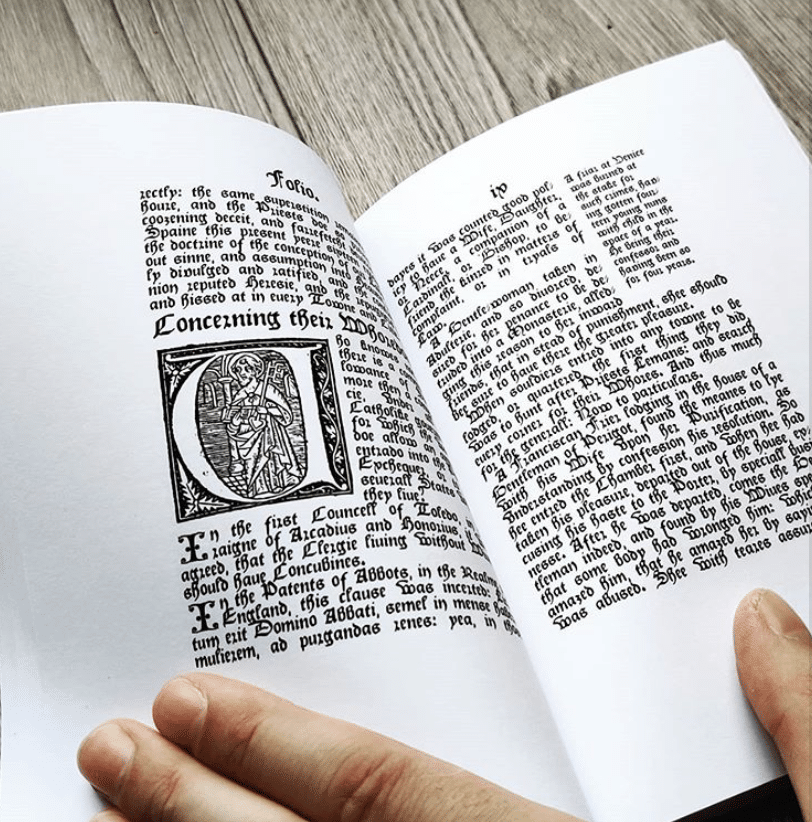When the coronavirus first arrived, and the lockdown was enabled, workers and students all around the world shifted from the office and classroom to work and learn at home. It meant that files, documents, and textbooks were exchanged for websites and digital resources.

Digital books have been with us for some time now, and the shift to a paperless office is not a new concept either. However, paper and print still have a very valuable place in our lives, and recent studies have shown that reading text on screen, videos, and audio is not as effective as reading, or writing, the written word on hard copy.
Print is less visually demanding than digital text, as it provides spatial and tactile clues to help the reader process the words on the page.
There is also the mindset to consider, with many people associating screen time with casual web surfing that is skipped over, meaning that they then rush through screen-based text without fully absorbing the information.
You might think you’re the exception, and most people do, but studies have shown that digital reading can breed overconfidence.
Reading text quickly leads to many believing that they understand it better. While the digital world means that we have the world at our fingertips, and be able to access information and news in an instant, it is also one of the major pitfalls. With everything being so quick and easy to access, people are not truly digesting what they read.
Digital reading can impair comprehension, particularly for longer, more complex texts and subject matters. This could be due to the shallowing hypothesis, where constant exposure to fast-paced, digital media trains the brain to process information rapidly, but less thoroughly.
However, print materials were more likely to activate the medial prefrontal cortex and cingulate cortex, which are both involved in processing emotions. Reading print also generated more activity in the parietal cortex, which processes visual and spatial cues.
Scrolling through text on a screen can also impair comprehension by creating spatial challenges. Scrolling can make extra demands from the working memory. The working memory can hold about seven pieces of information at a time, which makes the goal when reading to reduce the demand on the working memory as much as possible.
Also, the blue light from screens can create extra work for the eyes, leading to visual and mental fatigue.
Some studies have also shown that the physical act of turning the page can aid comprehension. When holding a book, the reader sees the words, feels the weight of the book, the thickness of the paper, and even the smell of the book and the sound of the page being turned.
But in our modern, more sustainable lives, we cannot ditch digital reading, but we need to be able to improve how we choose which medium is best suited for the task at hand.
A Kindle might be ideal for reading for pleasure, but to be able to learn and correctly process information, print might be better suited
To retain on-screen text information, slow down and handwriting are the main takeaways. Typing works, but handwriting is likely a superior memory tool.
When you need a break from the digital world, don’t underestimate the power of paper and ink. Consider turning off your electronic devices, getting a book, and curling up to turn the page.
If you’re looking for document printing services for when you need information to be read and understood properly, talk to us today.
Looking for a reliable printing company?
Get an instant quote